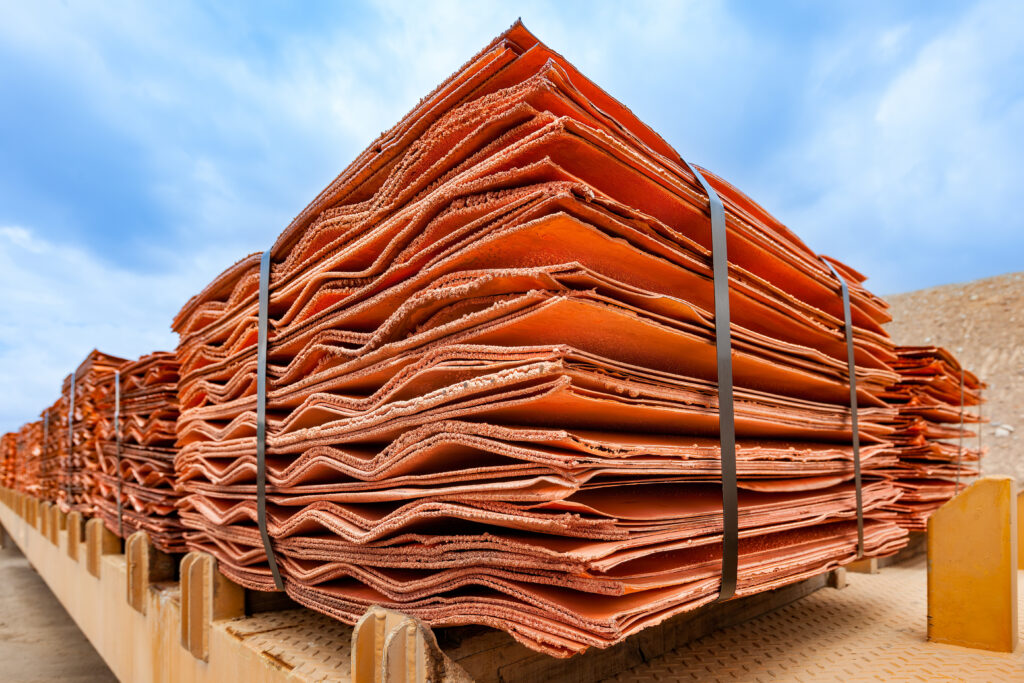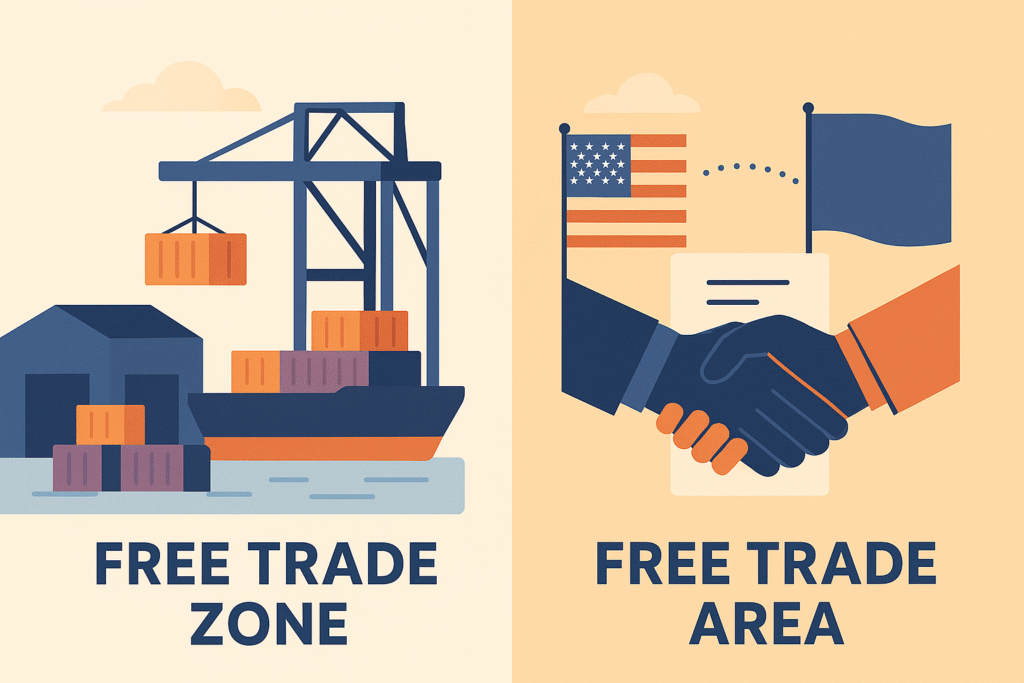Nearshore News: Copper Tariffs, New Trade Threats, and Port Industry Pushback

The U.S. is turning up the pressure on trade partners with a proposed 50% copper tariff and looming August deadlines for 14 countries to avoid steep new duties. Meanwhile, port operators warn that new tariffs on Chinese cranes could cripple infrastructure upgrades—adding to concerns that tariffs alone won’t deliver resilient supply chains.
Nearshore News Summary:
- President Trump announced plans to impose a 50% tariff on copper imports. The tariff could take effect by August 1, but details remain unclear. (Reuters)
- President Trump is threatening 25-40% tariffs on 14 countries (including Japan and South Korea) unless they finalize trade deals by August 1. (NYT)
- U.S. port operators are urging the administration to delay proposed tariffs of up to 100% on Chinese-made ship-to-shore cranes and other cargo-handling equipment. (WSJ)
- (Opinion Article) While tariffs may accelerate reshoring, the key to sustainable U.S. manufacturing is automation. Many companies lack the expertise to implement it effectively, though, especially small and mid-size manufacturers. (Manufacturing Dive)
Trump says US to impose 50% tariff on copper imports, copper futures jump
Published: July 9, 2025
Source: Reuters
President Trump announced plans to impose a 50% tariff on copper imports, aiming to boost domestic production of the critical metal. The move caused copper prices to surge and has alarmed top suppliers like Chile, Canada, and Mexico. The tariff could take effect by August 1, but details remain unclear.
Key points:
- Tariff Announcement: Trump says the U.S. will impose a 50% tariff on copper to support domestic manufacturing.
- Market Reaction: Copper futures jumped over 12% to a record high after the news broke.
- Timing: Commerce Secretary Lutnick says the tariff could take effect by August 1, though no formal notice has been posted yet.
- Supply Concerns: The U.S. imports about half its copper, mainly from Chile, Canada, and Mexico—all of whom are pushing back.
- Winners & Losers: U.S. miners like Freeport-McMoRan may benefit, but manufacturers and global trade partners could face price spikes and disruption.
Trump Revives Trade War, Threatening Steep Aug. 1 Tariffs on Allies
Published: July 7, 2025
Source: NYT
President Trump is reviving his trade war strategy, threatening 25-40% tariffs on 14 countries (including Japan and South Korea) unless they finalize trade deals by August 1. While some extensions have been granted, the uncertainty is rattling markets.
Key points:
- Tariff Threats on Allies: Trump warned Japan, South Korea, and others they’ll face 25%–40% tariffs if no trade deals are reached by August 1.
- Extended Deadline: The original July 9 deadline has been pushed back to give countries more time, but the window remains extremely tight.
- Market Reaction: Markets dropped on the news—S&P 500 fell 0.8%—as investors braced for potential new trade disruptions.
- Strained Relations: Japan and South Korea are pushing back, frustrated that Trump is threatening tariffs despite existing trade agreements.
- Uncertainty Grows: Businesses are delaying plans as frequent policy shifts create confusion and slow progress on real agreements.
See all the new potential tariffs here: https://www.nytimes.com/2025/07/07/business/trump-tariffs-trade-deals-august-1.html
U.S. Ports Appeal for Delay to Tariffs on Chinese Cranes
Published: July 9, 2025
Source: WSJ
U.S. port operators are urging the Trump administration to delay proposed tariffs of up to 100% on Chinese-made ship-to-shore cranes and other cargo-handling equipment, warning that such tariffs would significantly raise costs and disrupt critical infrastructure upgrades.
Key points:
- Ports Warn of Skyrocketing Costs: U.S. ports say new tariffs could add tens of millions of dollars to crane upgrade costs, penalizing terminals for equipment ordered before the tariffs were proposed.
- China Dominates Crane Market: Chinese firm ZPMC supplies nearly 80% of U.S. ship-to-shore cranes; alternatives from Europe are pricier and limited in supply.
- Security Concerns Drive Tariffs: The administration cites economic dependence and alleged espionage risks as reasons to impose tariffs, saying they are necessary to shift sourcing away from China.
- Industry Asks for Time to Transition: Ports are requesting exemptions for orders placed before 2025 and a three-year delay on new tariffs to allow U.S. or allied production to ramp up.
- Wider Impact on Maritime Trade: Additional fees are being considered for Chinese-built ships and foreign car carriers, with trade groups warning of higher costs and vehicle shortages.
Tariffs or not, automation is still key to reshoring manufacturing
Published: July 8, 2025
Source: Manufacturing Dive
While tariffs may accelerate reshoring, the real key to sustainable U.S. manufacturing is automation. Labor shortages, rising costs, and global uncertainty mean that companies must invest in targeted, efficient automation—not just rely on shifting trade policies—to stay competitive.
Key points:
- Tariffs Accelerate, But Don’t Guarantee Reshoring: Recent tariff discussions may speed up reshoring, but manufacturers need long-term advantages like automation—not temporary policy shifts—to justify the move.
- Labor Shortages Make Automation Essential: The U.S. manufacturing workforce hasn’t rebounded fully. Without automation, companies can’t meet demand or scale reshoring successfully.
- Automation Know-How Is a Barrier: Many companies lack the expertise to implement automation effectively. This skills gap is slowing adoption, especially among small and mid-size manufacturers.
- Smart Automation > More Robots: Reshoring success depends on deploying automation where it delivers the most value—not just buying more robots.
- Systematic Sourcing Unlocks Progress: Finding the right automation partners is a common challenge. New platforms help manufacturers match with vetted automation suppliers faster, making implementation more practical and affordable.
More blogs


